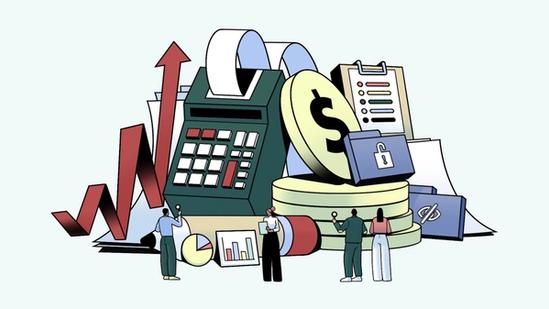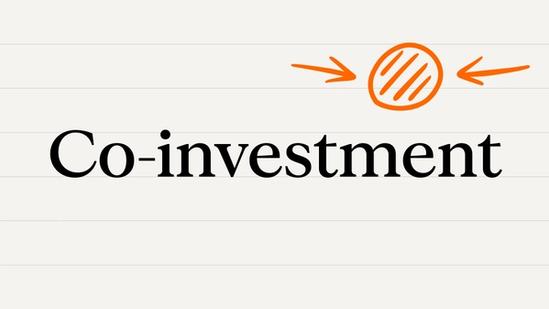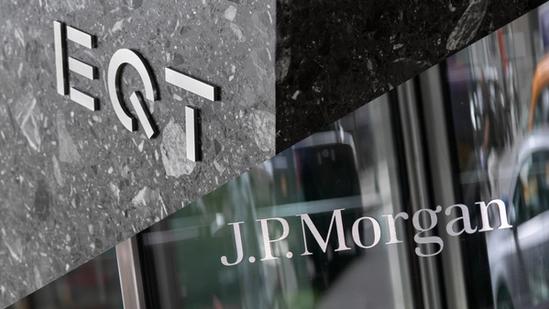Anatomy of a Deal: From Concept to Closing


The private equity deal process is a team effort that can be years in the making. From first contact through to negotiating and signing on the dotted line, here’s the end-to-end process.
- PE firms form a dedicated deal team to source and evaluate potential investments. The team may proactively pursue deals based on long-term trends or respond to walk-in opportunities from companies preparing to be acquired.
When a private equity (PE) company is eyeing a potential business to buy, it will put together a deal team.
The partner leading the investment often has input in selecting the team members. Deal team members are chosen for their relevant industry experience, based on the specific target company and the requirements of the transaction.
“The deal team will develop an opportunity from an early-stage idea to signing the transaction, closing the transaction, supporting the company while it’s owned by EQT and ultimately exiting the business,” says Guillermo Garcia-Barrero, managing director for Infrastructure at EQT.
This can take five years or more, so the deal team can change over time. But it is typically composed of a handful of core members at the beginning. At EQT, there’s a responsible partner in every deal, and usually a managing director, a director, a vice president and an associate.
Identifying a deal
Part of the process of bringing together a deal team is identifying a potential acquisition. This involves looking at attractive sectors, then creating a thesis to justify investing in them.
At EQT, this means analysing trends 10, 20, 30 years into the future that are shaping the world and global economy – like renewable energy, digitization of infrastructure, and aging populations. “We try to see how we can invest behind these themes,” says Garcia-Barrero, “then the second step is identifying target companies”.

Sometimes companies will approach a buyer, in what is known as a ‘walk-in’ deal. Often though, a deal will be the result of proactive deal sourcing by the PE buyer.
An example of such a deal was Sweden-based renewable energy firm OX2.
“We started speaking to OX2 roughly 10 years ago, so the people who originally spoke to the management team and owners have evolved quite a bit over time,” says Garcia-Barrero.
EQT is comfortable with this lengthy way of working to secure a deal. Garcia-Barrero explains: “We try to differentiate ourselves way ahead of a business being ready to be sold by spending a lot of time with the management team and the owners.”
That way, when the deal process actually starts, “You know the company so well, you know the people so well, that you are better positioned to win a transaction by being preferred by the sellers and management team,” he says.
The thesis for OX2 met EQT’s belief that solar and wind will grow in the long term. “Within a huge market opportunity, we look for the winners,” says Garcia-Barrero, “and OX2 was one of them”.
Designing a value creation plan
When weighing up potential opportunities, EQT uses its playbook that outlines specific tools and best practices, ensuring consistency across investments.
The aim is to find ways of “turbo-charging the business” says Garcia-Barrero. With the support of external consultants and industrial advisers with industry experience, EQT prepares an ambitious strategic plan at the start of every investment once inside the portfolio company.
“We try to challenge our original outside-in hypothesis, see what else can be done,” he says. “We call it a full potential plan.”
At EQT this full potential plan involves using an in-house digital center of excellence, which is a group of former executives from the technology sector who look at best practices that can be applied to the business being acquired.
There is also a sustainability centre of excellence to improve environmental, social and governance factors, and a capital markets team that is able to quickly find ways to improve the capital structure of the business.
EQT also uses learnings from previous deals to share with the company’s management team. “Sometimes businesses have their own secret sauce we can also learn from and apply these across our portfolio. Other times, we can contribute using our global portfolio to share best practices,” says Garcia-Barrero.
“We’re pulling all the value creation levers we can identify, all the ways that there are to improve the business,” he adds.
Other aspects of the potential plan could be whether the business could be improved by selling off certain parts, replacing particular managers, targeting new business lines and products, and through mergers and acquisitions.
A company’s own equity story
In some cases, the target company has been preparing itself for a suitor for many months. Nick Webb, partner at consultancy Accellency, helps get companies into shape 18-24 months before they enter a deal process.
The process is this: create a compelling equity story supported by evidence and data which can act as an aspirational narrative for the next investor – the growth levers that are going to be implemented now and what can be left for the next owner.
Companies need to write their equity story early, advises Webb. “Once you've launched a deal process, you've already started to implant your equity story in the minds of potential investors and advisers, so if you try and update your story while you're on the journey, you risk ending up in the ‘zone of disbelief,’” he says.

Making an initial offer
Often called a first round bid or a non-binding letter of intent, an initial offer is typically made to a potential company after preliminary due diligence. It will outline the proposed purchase price and key terms of the potential deal. This is presented to the company’s owners, initiating a negotiation process and further due diligence.
How the due diligence process works
Some preliminary due diligence will be carried out by the buyer before it makes an initial offer. More extensive due diligence follows.
The seller makes material available to the potential buyer as part of the due diligence process. This will include commercial information that analyses the market, competitors, and the strengths and weaknesses of the company itself. Then there are the company’s financials, legal position, and environmental analysis. Both risks and opportunities should be flagged.
The potential buyer will verify all these details with its own due diligence, often with the help of third-party specialists.
However, Francesco Malvezzi, a managing director in the Infrastructure team at EQT, explains that, in the case of private companies, “they can decide to give you as much or as little information as they want”.
Malvezzi – who was involved in EQT’s acquisition of Constellation Cold Logistics, a private company – says private businesses do have an incentive to act truthfully during the due diligence process.
“We need to be convinced, and we need to convince internal committees at EQT before we can write a check. This means we need to solve any doubts and issues regarding due diligence. So it's to the benefit of the seller to give you the materials to answer those questions,” he says.
Valuing a company
When it comes to determining a valuation for a company, many different factors come into play. But the process, says Vincenz Borrmann, a managing director at EQT who also worked on the Constellation Cold Logistics deal, is to essentially create a business plan that can be used to justify a price.
“This business plan is based on all of the due diligence, the commercial strategy, any financial aspects, and potentially legal implications. All of that comes together,” he says.
The future cash flows of the business are then valued through a number of different methodologies, which depend on the industry and the company. This forms the valuation.
Garcia-Barrero adds: “You have to look a lot at the historical track record to see what's a reasonable level of ambition the business plan can have. Then you have to look at the factors that historically influenced the business and that could change in the future.”
In the case of OX2 and the renewable energy sector, Garcia-Barrero spent a lot of time looking at supply and demand dynamics. Questions he considered included future electricity consumption, supply constraints, and the resulting electricity sale price.
“Asking ‘What are we missing?’ is a big part of the valuation”, he says.
How the deal structure is determined
Deal structures depend upon how many investors are involved and how much borrowing is needed. This varies from deal to deal.
Malvezzi explains: “Sometimes, the seller wants to exit fully, selling 100 percent. Sometimes to sell a minority stake and remain invested, like, for example, in Constellation, where we acquired 75 percent of the company, and the previous owner Arcus, kept the remaining 25 percent.”
Some PE funds use debt to fund deals, what’s known as ‘leverage’, which will affect the deal’s structure. The amount of debt usually depends on the capacity of the company being acquired to generate cash and, therefore, to repay the debt.
Regulatory steps
During due diligence, the PE firm will conduct an analysis with its lawyers on identifying the regulatory approvals needed to close the transaction.
Typically, says Garcia-Barrero, these are associated with antitrust rules, for example, if the PE firm owns a competing business in the same jurisdiction.
“There are also foreign direct investment rules,” he adds, “which most countries have implemented to protect certain sectors from being owned by investors from undesired jurisdictions, which varies country by country.”
The PE firm’s lawyers will ensure these hurdles are overcome before a deal can be completed.
Finalizing the deal
A private equity deal is finalized when all necessary due diligence is completed, a final investment memorandum is created,the investment committee has approved, and a definitive purchase agreement is signed, including the agreed-upon price, terms, and conditions.
ThinQ by EQT: A publication where private markets meet open minds. Join the conversation – [email protected]




